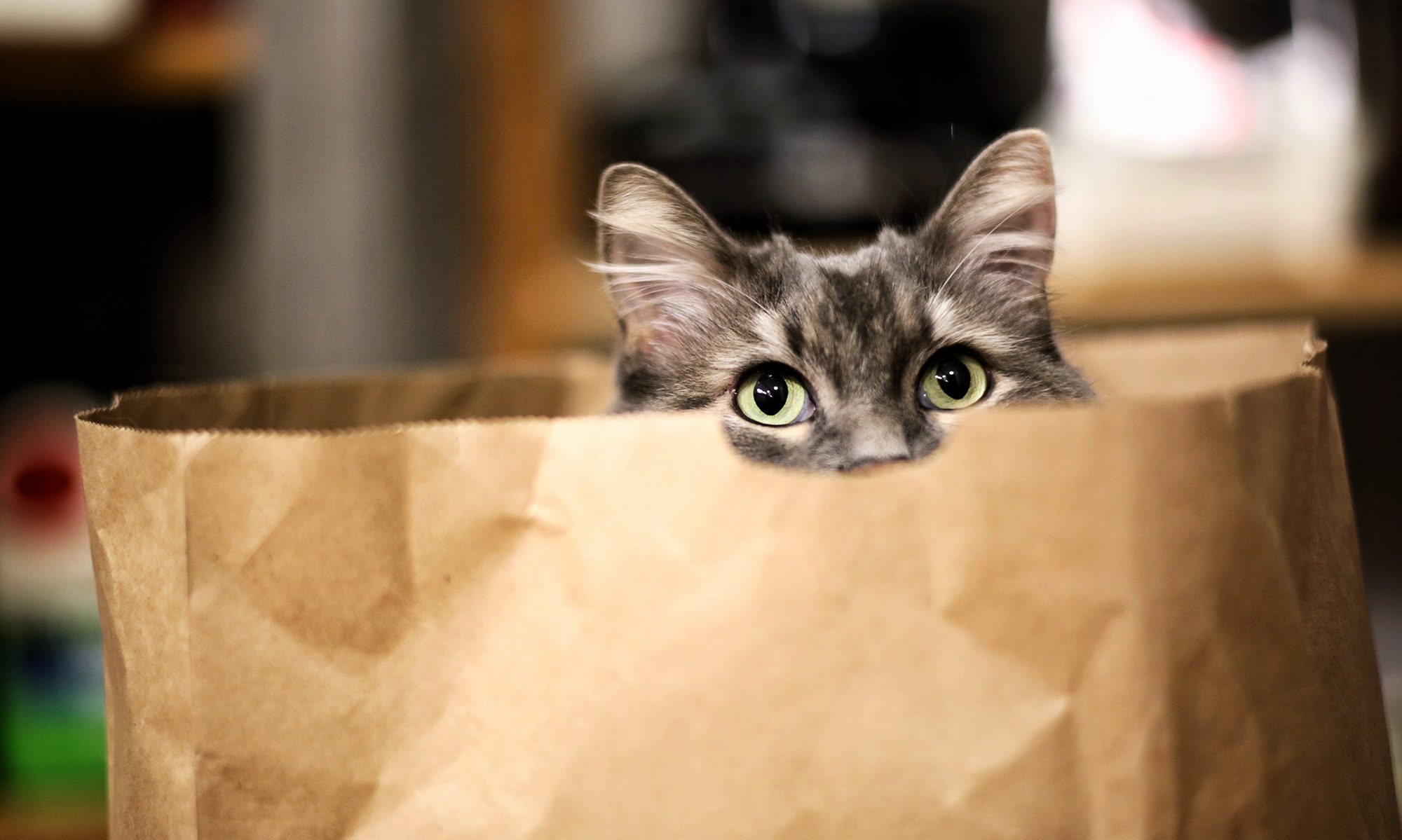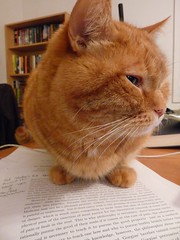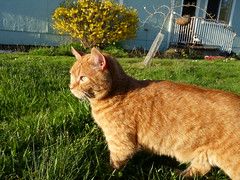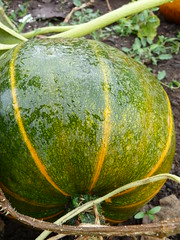Or not-cook, as the case may be for those of us feeding raw food.
(Note: I’ve written a companion piece on my worries about feeding commercial raw food, and why I’m taking the risk.)
Ladies and gentlemen, I submit that over the past forty to fifty years, we’ve been cowed and browbeaten by food advertising. Food companies tell us, over and over again, that cooking is difficult, messy and far too time-consuming for people with busy modern lives. They sell us microwaveable dinners, energy bars, cake mixes and canned spaghetti, all on the premise that they will be delicious, convenient, and (depending on the kind of instant food you get) healthy and nutritious.
Some foods claim to be meal replacements, like energy bars and Slim-Fast shakes, but not one of them has the chutzpah to claim that they should constitute your entire food intake. The foundation for a lot of the food advertising is that home-made is best, but cooking is arcane, difficult. Who has the time and skills to cook these days? And some of you need to eat our food or you’ll get fat (and then who will love you any more?). So use our products, of varying levels of crappiness, to suit your time and energy limits.
But home-made doesn’t have to be difficult or time-consuming. It’s perfectly possible to create a fresh, home-made meal in 25 or so minutes, and the only know-how you need is enough reading ability to follow recipe directions. Steaming vegetables doesn’t take all that long; neither does sauteeing chunks of meat, or drizzling raw salad greens with olive oil and vinegar. People, it’s OK. You have nothing to fear but fear itself—well, that, and accidentally burning your food, but this is where things like digital timers come in handy. What you make will almost assuredly taste better and be much more nutritious than what you can pour out of a box, a jar or a can. (Unless you burn your food. Seriously: timers are your friend. Also, instant-read thermometers.)
I don’t see how, in any way that matters, this is different from food for our pets. I’m not saying that everybody should make their own pet food, because bad home-made pet food is in many ways worse than bad commercial pet food. What I am saying that it’s a perfectly viable and relatively easy option, as long as you do your homework and approach it sensibly. Most people think otherwise, however, because the pet food industry has not only managed to sell us a convenience cobbled together from agricultural leavings, it has actually convinced us that feeding our cats anything else is going to be dangerous. Pet food companies have achieved what food advertising for humans hasn’t quite managed to do yet: they’ve made their food the gold standard against which everything else must be compared. It’s now conventional wisdom that commercial food should be fed as a sole ration to pets; anything else is unhealthy.
Pet food companies have managed to do this in a few ways:




